Welcome to our in-depth guide to the best cheap cameras you can buy today. We’ve tested every model listed below to make sure it represents genuine bang for buck. So whether you’re shopping for a bargain compact, an affordable action camera or an entry-level DSLR, we’ve rounded up the top options for every budget. Which is the best cheap camera overall? Affordability means different things to different people, so it's tricky to pick one model for everyone. For example, good value to you might mean a camera that can grow with you as a photographer over a few years. Alternatively, you might be looking for an outright bargain to fit within a tight budget – even if that means accepting a few compromises when it comes to the spec sheet. We think the best cheap camera overall is the Nikon D3500. As long as you don’t want to shoot 4K video, it represents a solid package that should satisfy the needs of most beginners. It has a decent APS-C sensor, fantastic battery life and supports a wide range of affordable lenses. That said, if you’d prefer an affordable mirrorless model, there are other choices to consider. Cameras like the Sony Alpha A6000, for example, remain capable options even several years after they launched. Or if you’re just looking for a really cheap way to get into photography, instant cameras like the Polaroid Go offer great entertainment at a price tag that’s affordable with a few months’ pocket money. Whatever kind of camera you’re looking for – and whatever budget you’ve got to play with – out list contains the top bargain cameras you can buy right now, each thoroughly tested to ensure it fits the bill. Because prices for older models are often discounted as new successors arrive, we keep this list regularly updated with cameras that we consider offer the very best value. Not sure how to go about choosing the best cheap camera? At the bottom of this buying guide, you’ll find useful pointers and handy tips for picking the right affordable camera to fit your needs and budget. The Nikon D3400 was a hugely successful and popular DSLR, and the Nikon D3500 has taken its baton into the mirrorless age. DSLRs may be less common now, but they continue to offer excellent value compared to mirrorless cameras due to their optical viewfinders – and the Nikon D3500 remains the best budget camera for beginners. Key changes over the older D3400 include an improved APS-C sensor (though still with 24MP) and an even better battery life of 1,550 frames per charge, next to the D3400's very capable 1,200 shots per charge. You also get a better grip and a slightly redesigned body that's a bit lighter, too. While it also worth considering mirrorless alternatives the Sony A6000, the D3500 is that bit more user-friendly – particularly if you want to use it with longer lenses. We're still fans of the Fujifilm X-T30, but this cheaper, beginner-friendly version of that camera is our favorite mirrorless option for those starting out on their photography or video-making journeys. It's a big improvement over its X-T100 predecessor in almost every way, including autofocus, and has a fantastic 3.5in rear touchscreen. Unlike the Fujifilm X-A7 (see further down), you also get a viewfinder for framing shots. The only downside is that the subject-tracking can be a little hit-and-miss during burst shooting and isn't available for video, but otherwise this is one of the best cheap cameras around for those who want a new mirrorless model. Don’t let the price fool you. The A6000 costs the same as other entry-level DSLR and mirrorless cameras, but it’s an advanced and powerful camera that has only dropped to this price through being on the market since 2014. So it may be old, but most of the specifications still looks surprisingly fresh today. This includes a 24MP APS-C sensor, a fast hybrid 179-point autofocus system and continuous shooting at 11 frames per second (fps). Its age shows in other areas, though; it only shoots 1080p Full HD video and not 4K, and the screen isn’t touch sensitive. Still, the latter is still the case on many new Sony cameras and the A6000’s high-end features ensure that it's a camera that will grow with you. If you’re an eager beginner who's in the market for a compact mirrorless camera, the Olympus OM-D E-M10 Mark IV should be at the top of your list. An affordable Micro Four Thirds model, the Mark IV pairs a capable 20.3MP sensor with impressive in-body image stabilization to deliver consistently attractive images using the kit lens. With footage capped at 4K/30p and no microphone or headphone input, video isn’t a major focus. Instead, this is a small, powerful camera for stills: dynamic range is better than anything a smartphone can capture, while that IBIS system keeps images sharp even when shooting handheld after dark. AF tracking across the Mark IV’s 121 points can be a little patchy, but improved face detection and subject tracking from the Mark III mean it’s largely reliable. Stick to centre point focus and you’ll find it fast, even in low light. An ergonomic grip, approachable button layout and handy flip-down touchscreen make the Mark IV an accessible upgrade for smartphone photographers. And with a wide catalogue of lenses available, it shapes up one of the best cheap cameras around if you want a modern mirrorless experience. Budget cameras don’t come much cuter than the Polaroid Go. The pint-sized point-and-shoot is supremely easy to use: its compact retro shell features just a few straightforward controls, complimented by a handy digital shot counter. Fixed focus and no macro mode mean creativity is a little limited, but the Polaroid Go does feature flash override, self-timer and double exposure options to keep analogue photographers entertained. Though the credit-card sized prints produced are a little on the small side, their pastel tones and impressive detail give them an eye-catching lo-fi quality. There are a few less expensive alternatives – and film refills could be cheaper – but you won’t find a more accessible or portable way to enjoy the fun of instant photography. Not everyone needs a cutting-edge camera, which is why the original M50 remains a popular mid-range mirrorless model. A fun, approachable option that offers great image quality, the M50 continues to represent good value for money. That’s only more true following the launch of the M50 Mark II, an update that’s only a modest evolution over the first-gen model. Powered by Canon’s Digic 8 processor and equipped with a Dual Pixel AF system, the M50’s 24.1MP APS-C sensor allows the camera to be relatively compact while still capturing fantastic stills. Noise is nicely controlled, with excellent detail and impressive dynamic range. The M50’s affordability is not without compromise, mind: battery life could be better – as could the plasticky finish – while the heavy 1.6x crop on 4K footage feels dated. Still, with a large and bright EVF, backed up by a responsive touchscreen interface, the M50 remains one of the best budget cameras with plenty going for it. Back in 2017, we called the Panasonic TZ100 “the perfect compact camera.” And, while several models have since arrived with superior specs, the TZ100 remains a fantastic option for those after an affordable compact travel camera. Its metal shell is solid yet sufficiently small to slip into a pocket. The main controls are clustered on the back for easy one-handed control, while function buttons offer the welcome option of customization – and the touchscreen is responsive, too. On the go, the TZ100’s 1-inch sensor (which is larger than today's smartphones) delivers vibrant, punchy images with a fair level of detail for an older compact, even in low light. Dynamic range is also decent and noise isn’t generally an issue. The 10x optical zoom will be versatile enough for most, while the option of shooting 4K footage makes simple vlogs an option as well. Sure, its not quite as powerful as today’s premium compacts, but the TZ100 is plenty good enough for taking travel snaps to share online and will still surpass most smartphones, too. If it’s easy instant snaps you’re after, Fujifilm’s Instax Mini 9 remains a firm favorite, despite the arrival of the very similar Instax Mini 11. Forgoing almost all the controls you’d expect on a modern compact camera, the Mini 9 instead makes fun its focus. Look through the straightforward viewfinder, click the shutter button and in a jiffy you’ll find a credit card-sized print coming from the top of its retro shell. Charming for its simplicity, the plastic shell of the Instax Mini 9 ships in a spectrum of bold shades, while a little mirror on the front makes framing selfies a cinch. A simple five-level brightness adjustment dial is the extent of its inputs, making the affordable Mini 9 perfect for parties and play-dates. Print quality is naturally limited, but the idea here is to capture retro-style memories rather than crystal clear images. The color film is a little pricey, so you’ll want to make your shots count. This series has now reached its seventh generation, but it's the RX100 Mark III that currently offers the best value for those looking to upgrade from their smartphone. It was the first model in the series with a built-in electronic viewfinder – a huge boon for shooting in sunny conditions – and it has a large 1-inch sensor, which produces excellent image quality. You also get a tilting screen and a speedy 10fps continuous shooting mode for capturing moving subjects. If you need 4K video or slo-mo video, then it's worth stretching to the RX100 Mark IV – but the Mark III has recently dropped to some impressively low prices for such a capable, smartphone-beating compact, making it one of the best budget cameras around. Proof that entry-level doesn't have to be a synonym for underpowered or basic, the Fujifilm X-A7 packs a seriously impressive spec list for an affordable mirrorless camera. Its hybrid autofocus system isn’t the fastest, but real-world performance is superb, with superlative subject detection and tracking. Images are crisp and sharp with outstanding color reproduction, while noise control is likewise stellar, even as high as ISO 1600. In the hand, a shallow grip means the X-A7 isn’t especially comfortable to hold for long periods and the position of the joystick makes it tricky to reach with your thumb. Then again, the trade-off is a shell that’s compact, lightweight and stylish, in an old-school sort of way. Image stabilization would’ve been a welcome addition and some might want a viewfinder, but with 4K video in the mix, the X-A7 stands out as an ideal traveling companion. Set aside those ergonomic niggles and it’s an almost perfect budget camera – and an ideal smartphone upgrade. The Olympus Pen E-PL9 is now hard to find in stock, so if you're looking for a beginner-friendly mirrorless camera with an affordable price tag and a great range of lenses, we'd recommend checking out its E-PL10 successor. Its small, friendly design means it isn't too intimidating, making it ideal for taking street shots or portraits. This does mean the E-PL10 lacks a built-in viewfinder, but those coming from a smartphone won't miss that – and it does otherwise combine good handling with a straightforward, beginner-friendly menu system. The E-PL10s tried-and-tested 16.1MP Live MOS Micro Four Thirds sensor captures nicely rendered shots in most situations. And despite its compact size, its 3-axis image stabilization system is there to give you a helping hand in low light situations. At current prices, there aren't many interchangeable lens cameras that offer a better range of features than the E-PL10. Well-priced yet built tough, the Fujifilm XP140 is one investment that should pay dividends for those with clumsy hands. Dustproof, shockproof to 1.8m and freeze-proof to -10ºC, it’s also waterproof down to 25m – which means it should survive just about anything you can throw at it. More than a beefed-up bargain camera, the XP140 can also capture great images. It keeps the same stabilized 16.4MP sensor as the XP140 but adds improved scene- and eye-detection smarts, which help to deliver sharp portrait pictures. 4K footage is limited at 15fps, but 1080/60p video is smooth, while the option to shoot 720p slow-mo at 100fps is neat. The maximum ISO has also doubled to 12,800 which, with a back-illuminated sensor, makes for better low-light images, including underwater shots. 5x optical zoom offers decent versatility for a rugged compact, while the 3-inch touchscreen makes controlling the camera straightforward. With Wi-Fi and Bluetooth connectivity also in the mix, the Fujifilm XP140 represents great value and is one of the best cheap cameras around for those who need something nigh-on indestructible. Breaking your camera is one way to make photography an expensive hobby. Investing in a rugged model should cut replacement costs – and the Olympus Tough TG-6 is one of the best tough cameras you can buy. Freeze-proof, shockproof and waterproof: its reassuringly industrial shell is robust enough to survive all manner of extreme scenarios. It’s also an intuitive camera to use. Large buttons make operation accessible, while an improved 3-inch LCD display ensures good visibility in bright conditions. Focusing is snappy and an equivalent zoom range of 25-100mm adds welcome versatility, even if a little detail is lost at the telephoto end. Image quality is decent enough for a 1/2.3-inch sensor, with rich colors – although the TG-6 is prone to overexposure. The older TG-5 is similarly equipped and less expensive, but the TG-6 represents excellent value for adventurous photographers thanks to its significantly sharper screen. The D5600 is a step up from the D3000-series models, with a stronger set of specs to rival the likes of the Canon EOS Rebel T7i / EOS 800D. Key advantages over the D3500 (listed in position one here) include a larger LCD screen, which not only flips out and swivels all the way around to face the front, but also responds to touch, together with a more advanced autofocus system, Wi-Fi and a healthy range of additional control on the inside. Sure, you pay a little extra for the privilege, but if you need a little more growing space it makes sense to go for the D5600 so that it stays with you for years to come. Buying a budget camera will usually mean accepting a few compromises. A cheaper DSLR might not capture 4K footage, for example, while a more affordable mirrorless model may lack a viewfinder or shoot at lower burst speeds than its costlier competitors. But whichever type of camera you decide to buy, you should consider what and how you like to shoot – and make sure that, at the very least, it ticks the key boxes for your specific needs. So if you normally shoot stills, a cheap camera’s video skills are less important. Instead of focusing on whether it can capture 4K footage, look for something with a decent sensor and a relatively high resolution (20MP and above). Similarly, if you’re happy framing with an optical viewfinder and using buttons to navigate system menus, you don’t need to worry too much about whether a camera has a sharp touchscreen interface. But it is always worth making sure that a camera’s handling is comfortable and that its physical controls are useful and accessible. If you’re shopping for an affordable travel camera, your focus should be battery life and zoom versatility. Don’t get too caught up about software tricks or raw shooting. Those are nice extras, but it’s much easier to edit JPEGs when you’re back home than it is to crop in on a faraway subject. And if you’re planning to buy an interchangeable lens camera, be sure to consider the cost of lenses. A camera body might be cheap, but expensive glass will limit your ability to experiment with different barrels. Look for a camera with a popular lens-mount (Micro Four Thirds, for example) to ensure you have maximum flexibility when it comes to buying new glass. The list above features a whole range of cameras to suit photographers with a limited budget. Which option is best for you will depend on what you’ll use your camera for and how versatile you’d like it to be. One option is to consider entry-level models like the Nikon D3500. These are designed with beginners in mind, so they usually offer simple, accessible controls and handling that’s easy to get to grips with. To keep costs down, entry-level cameras don’t usually include advanced features or performance, but should nail the basics. That means solid battery life, great handling and decent image quality. Alternatively, you can consider slightly older mid-range mirrorless models. These won’t offer cutting-edge technology, but should still be very capable – especially if you’re upgrading from a smartphone. And because prices tend to be discounted as newer models arrive, cameras that are two or three years old will normally become much more affordable. Take a look at the Sony A6000 for a good example: its price now is a lot lower than when it launched in 2014, yet it still features a 24.3MP sensor, 11fps burst shooting and a capable 179-point autofocus system. Alternatively, if you’re looking for a cheap travel camera, powerful compacts like the Sony HX90V represent excellent value and versatility, thanks to an impressive 30x zoom range. Or if it’s outright bargain affordability that you’re after, instant cameras represent a cheap, accessible way to have some fun with photography. Cameras like the Polaroid Go are easy and enjoyable to use, producing immediate prints that make shooting more tactile. And you don’t always need to be afraid of unknown names. The Apeman A100 action camera is an example of a camera with cheap looks and a budget body design, yet it captures great 4K video, even in low-light conditions. We test cheap cameras in the same way as models with higher price tags – while value may play a more important role in our overall rankings, the cameras themselves still need to perform. Putting them through our usual test procedures let's us see which ones out-perform their price tags, and which haven't dated so well. To start with, we look at the camera's design, handling and controls to get a feel for the kind of photographer it's most suitable for. We then take it out on a shoot, where we'll test its startup speed and use it both handheld and on a tripod. To test the camera's performance, we use a formatted SD card and shoot in both raw and JPEG (if available). For burst shooting tests, we dial in our regular test settings (1/250 sec, ISO 200, continuous AF) and shoot a series of frames in front of a stopwatch to see if it matches its official speeds. We'll also look at how quickly the buffers clears and repeat the test for both raw and JPEG files. In various lighting conditions, we also test the camera's different autofocus modes (including Face and Eye AF) in single point, area and continuous modes. We'll also shoot a mix of photos (portrait, low light, landscape, macro/close-up) in raw and JPEG to get a feel for the camera's metering accuracy and its sensor's ability to handle noise and resolve fine detail. Assuming the camera's raw files are supported by Adobe Camera Raw, we'll also process some test images to see how far we can push areas like shadow recovery. We'll also test its ISO performance across the whole range to get a sense of the levels we'd be happy to push the camera to. Battery life is tested in a real-world fashion, as we use the camera over the course of the day with the screen set to the default settings. Once the battery has hit zero, we'll then count the number of shots to see how it compares to the camera's official CIPA rating. Finally, we test the camera's video skills by shooting some test footage at different frame-rates and resolutions, along with its companion app. We then take everything we've learned about the camera and factor in its price to get a sense of the value-for-money it offers, before reaching our final verdict.
Best cheap cameras in 2021:
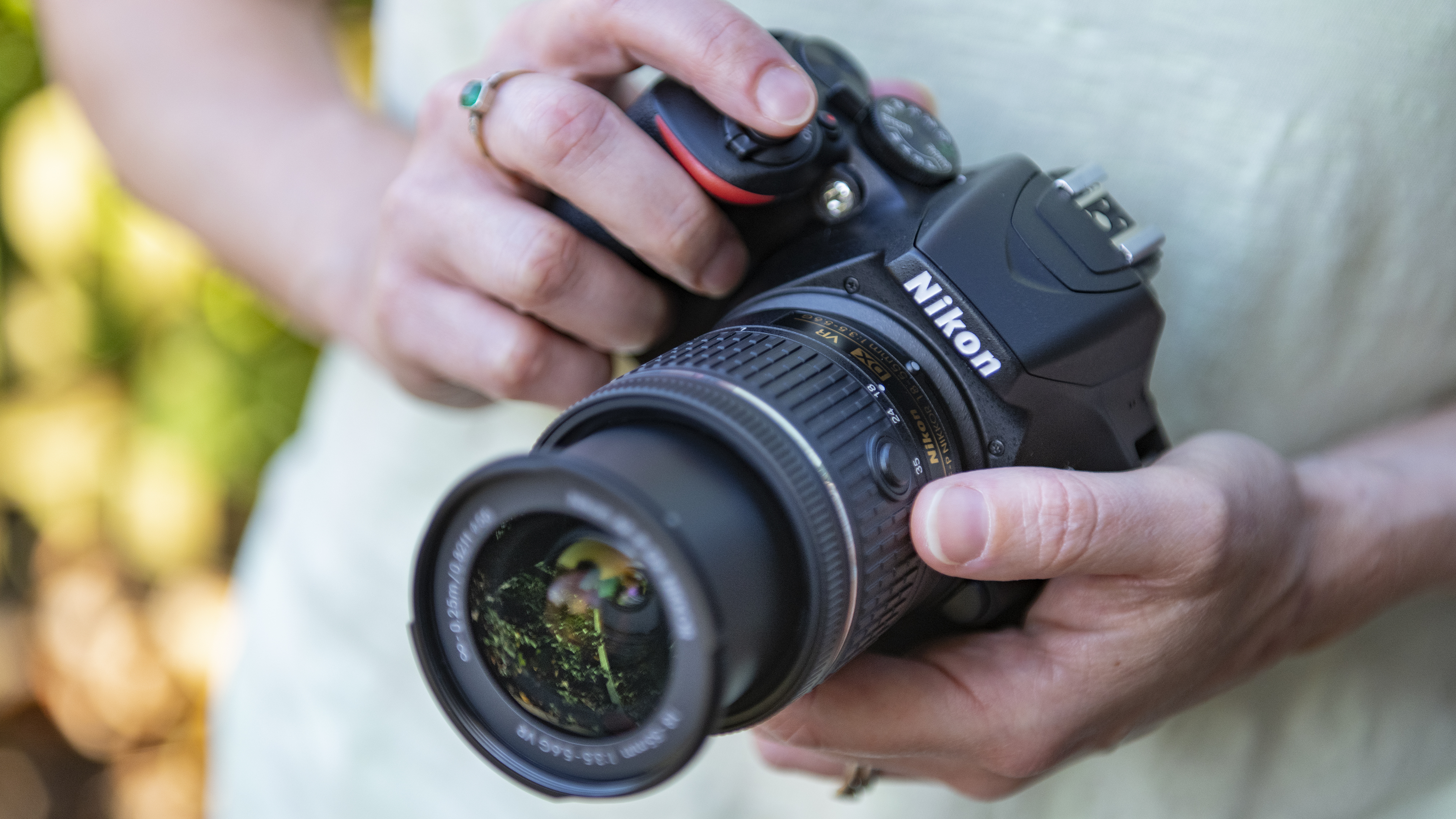





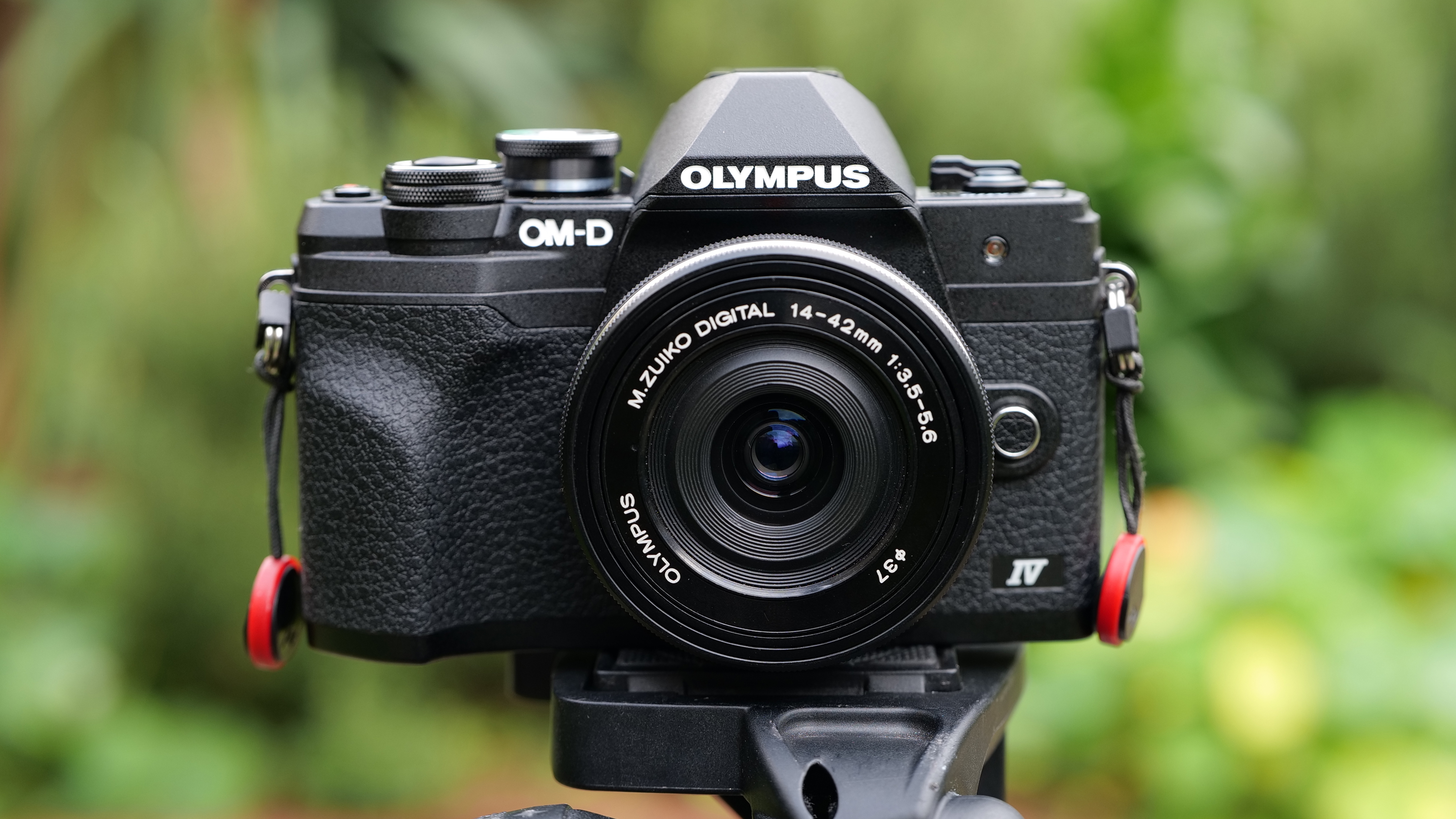

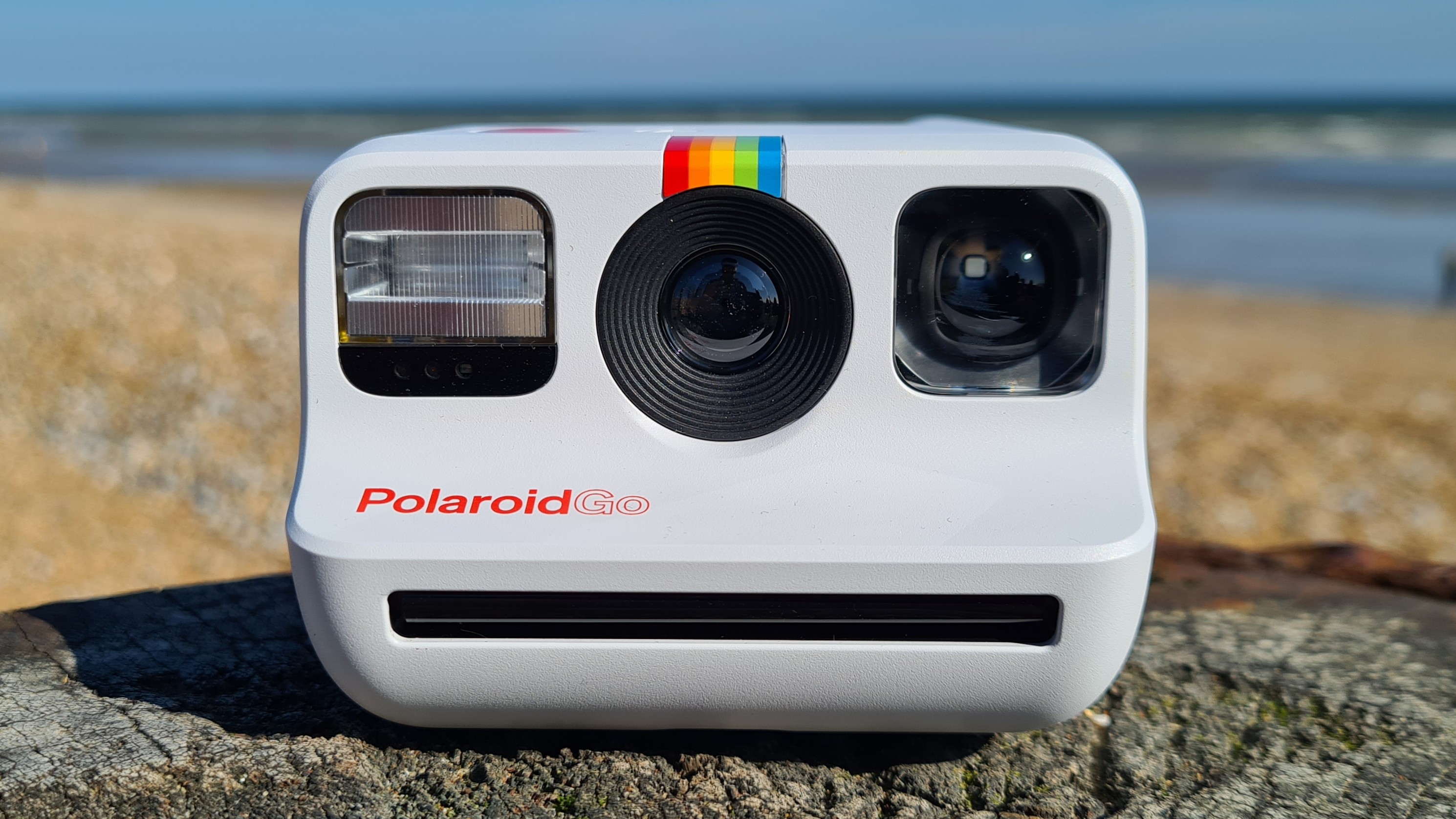

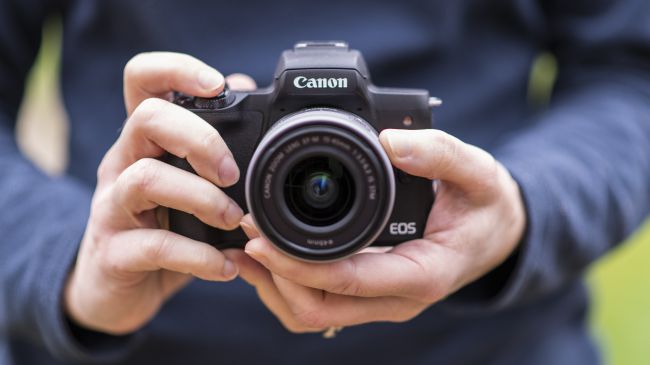

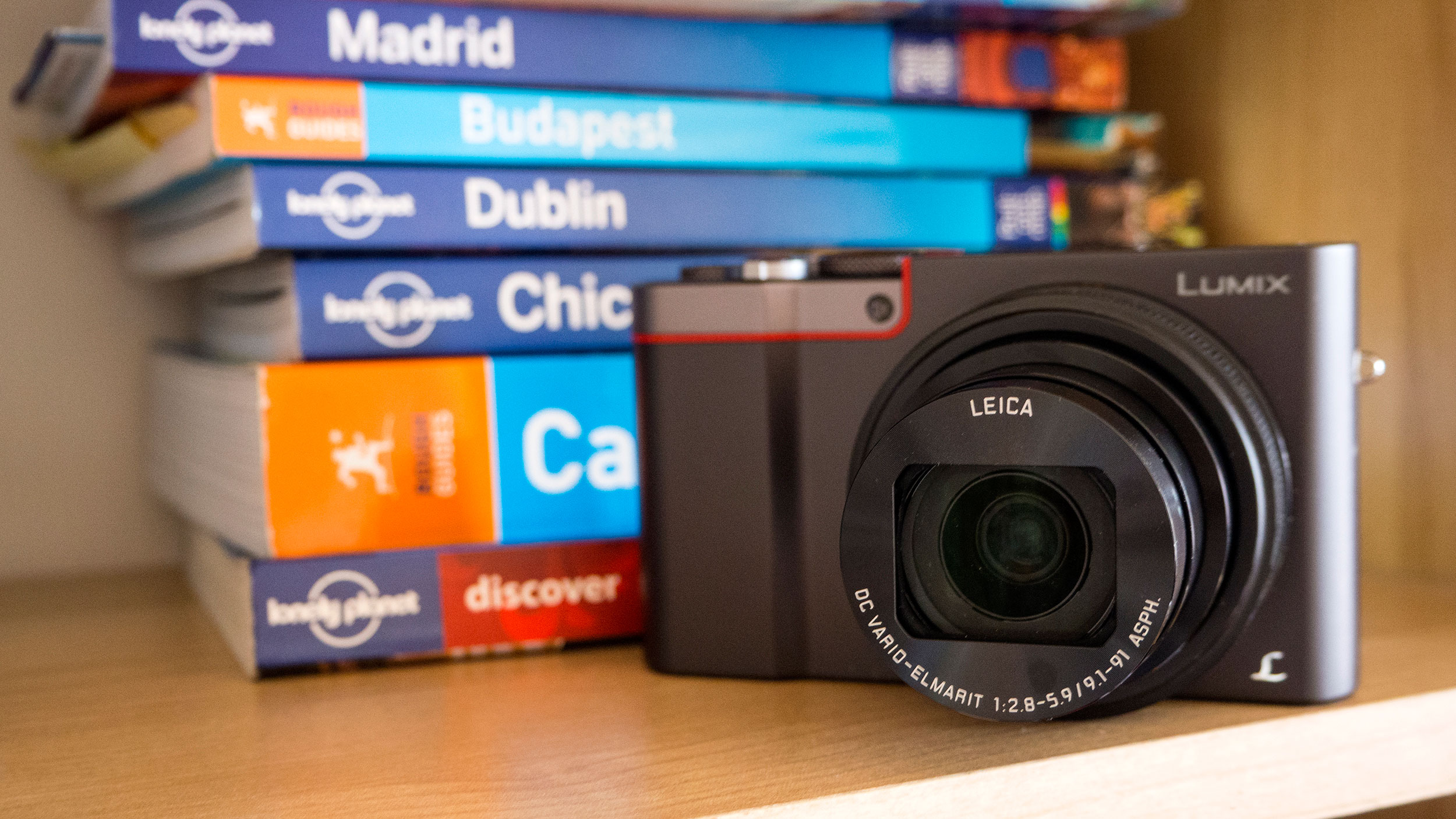



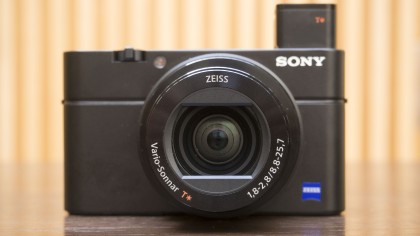



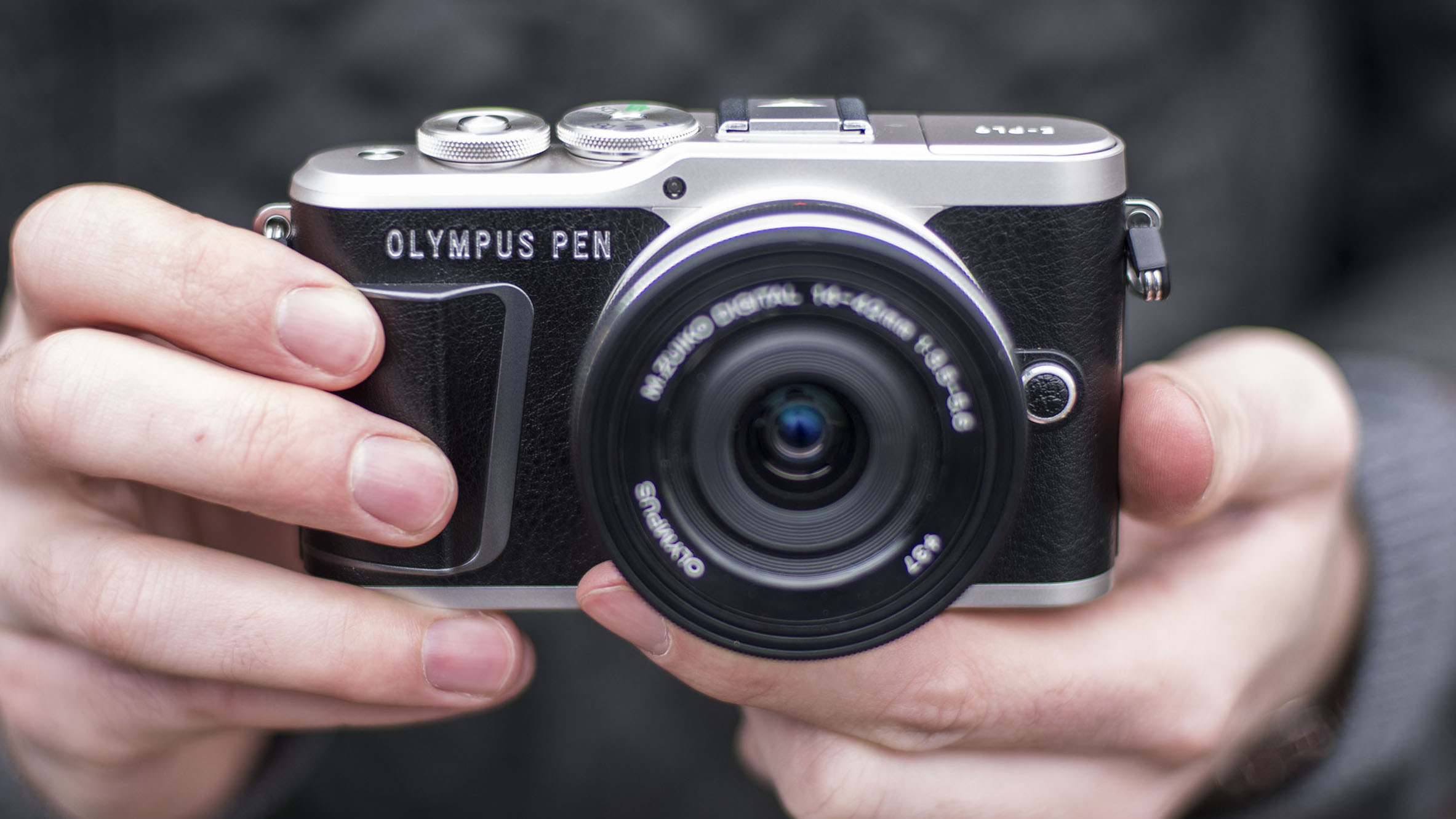





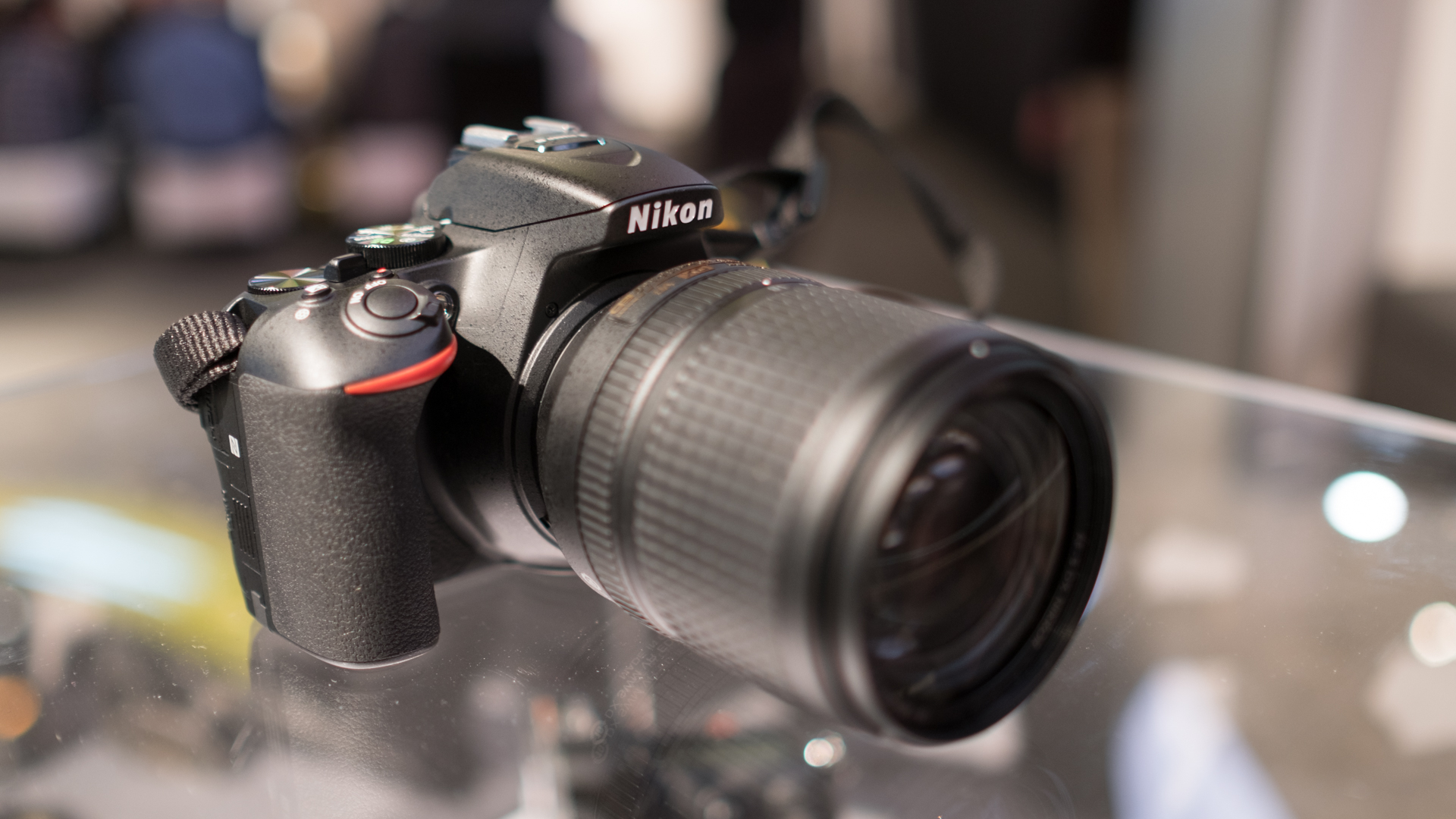

How to pick the best cheap camera for you
Which camera is best for a low budget?
How we test cheap cameras
source https://www.techradar.com/news/best-cheap-camera/
Rule #21 of the internet: Original content is original only for a few seconds before getting old.


